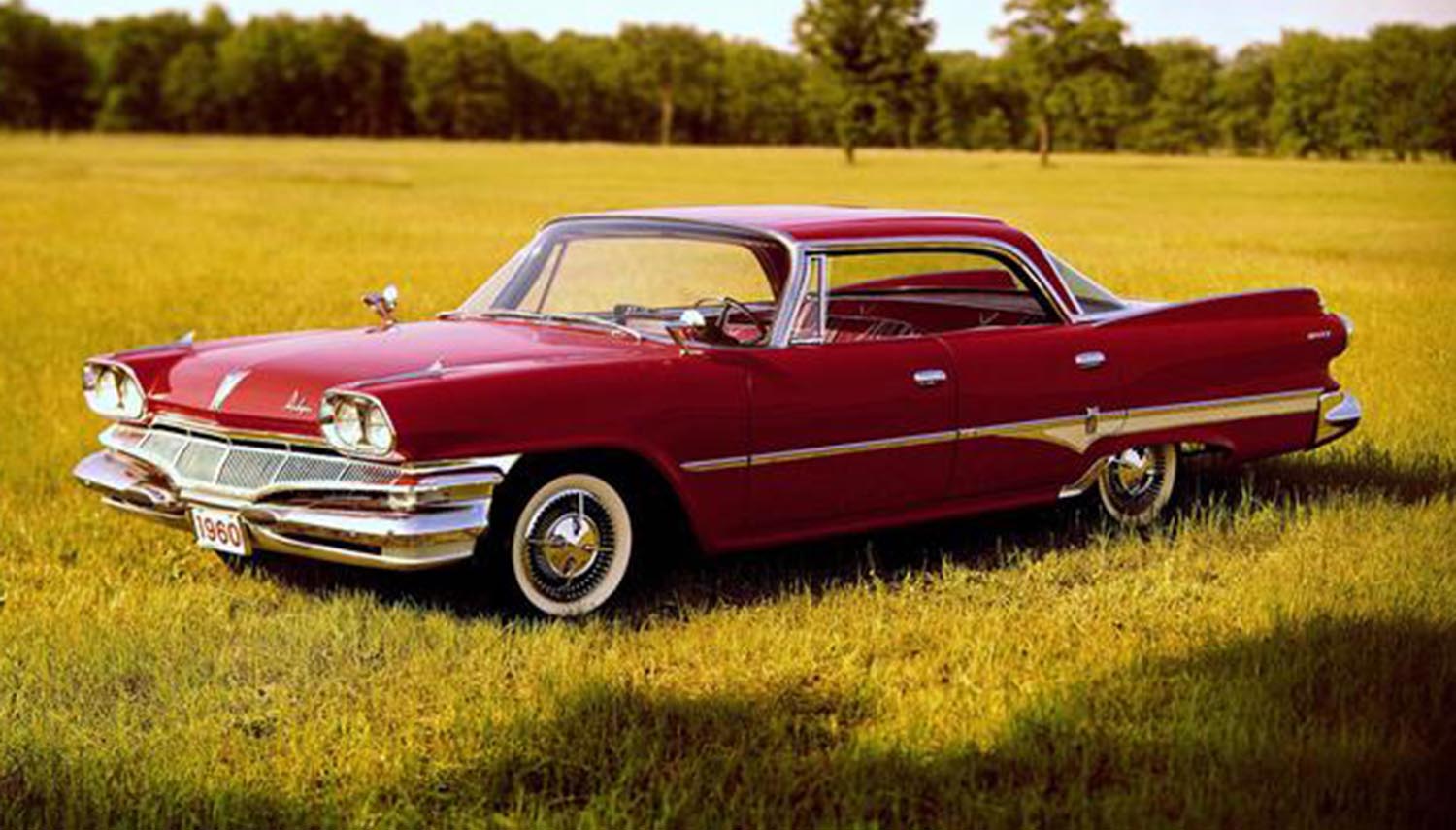
The 1960 Dodge Dart Phoenix 4-Door arrived at a time when American car design was shifting from flamboyant to focused. The Dart nameplate debuted that year as Dodge’s attempt to realign its image and reach a broader audience. For many, the 1960 Dodge Dart Phoenix 4-Door symbolized a more refined, forward-looking Dodge—still bold, but grounded in practical elegance.
A New Direction for Dodge
By 1960, Dodge needed something to fill the space between large luxury models and smaller, affordable options. The Dart lineup, including the Phoenix, filled that gap. Positioned as the top trim level above the Seneca and Pioneer, the Phoenix represented the stylish, upscale side of Dodge’s new direction.
The 1960 model featured clean, angular lines that moved away from the exaggerated fins of the late 1950s. Designers focused on proportion, giving the four-door sedan a dignified yet athletic stance. Chrome details remained, but they were more restrained, hinting at the decade’s evolving taste.
Inside, Dodge emphasized comfort and convenience. The Phoenix came with premium fabrics, bright interior accents, and thoughtful ergonomics. Every element seemed designed to appeal to drivers seeking modern comfort without abandoning the brand’s sense of individuality.
Design and Heritage of the 1960 Dodge Dart Phoenix 4-Door
The 1960 Dodge Dart Phoenix 4-Door embodied the early ’60s optimism that defined the American automotive landscape. Its name alone suggested ambition—“Phoenix,” rising from the past decade’s excess into something sleeker and more sophisticated.
The unibody construction was a major step forward, improving rigidity and reducing weight compared to traditional body-on-frame builds. This gave the Phoenix better handling and structural strength. Its wraparound windshield and integrated rear lights showed Chrysler’s attention to design detail and aerodynamics.
Although the Phoenix wasn’t marketed as a luxury car, it reflected Dodge’s effort to blend practicality with premium appeal. It was an attainable car that still carried a sense of pride and presence.
Power and Performance
Under the hood, the 1960 Dodge Dart Phoenix 4-Door offered a range of engines that balanced performance with reliability. The base engine was a 318 cubic-inch V8, known for its smooth operation and durability. For those who wanted more punch, Dodge offered larger V8s—up to a 383 cubic-inch engine producing around 325 horsepower.
These engines were paired with either a three-speed manual or the famous TorqueFlite automatic transmission. The combination gave the Phoenix confident acceleration and easy cruising, making it an excellent choice for long drives.
The suspension system was tuned for comfort, yet it handled surprisingly well for a full-size sedan of its era. Drivers could feel the blend of engineering maturity and fresh thinking that Dodge brought into the 1960s.
Legacy and Influence
The 1960 Dodge Dart Phoenix 4-Door marked an important turning point for Dodge. It introduced a new philosophy—one focused on versatility, quality, and modern design. While it didn’t aim to dominate performance charts, it represented Dodge’s intent to evolve with changing customer expectations.
Over time, the Phoenix became a foundation for future Dodge models that combined substance with style. It also established the Dart name as one of Dodge’s most recognizable badges, later reappearing in various forms through multiple decades.
Today, enthusiasts view the 1960 Phoenix as an emblem of transformation. It captured a brief but meaningful moment when American carmakers were learning to balance spectacle with sophistication.
Summary
The 1960 Dodge Dart Phoenix 4-Door stands as a reflection of change—both for Dodge and for American automotive design. It bridged the flamboyance of the 1950s with the cleaner, more confident lines of the 1960s. With its V8 power, comfortable interior, and purposeful styling, the Phoenix remains a reminder of when Dodge dared to redefine itself for a new generation.
Disclaimer: Content on this site is for informational purposes only. Vehicle specs, pricing, and availability may change. Always verify details with official sources before making decisions. Opinions are those of the authors.
Source: Stellantis
